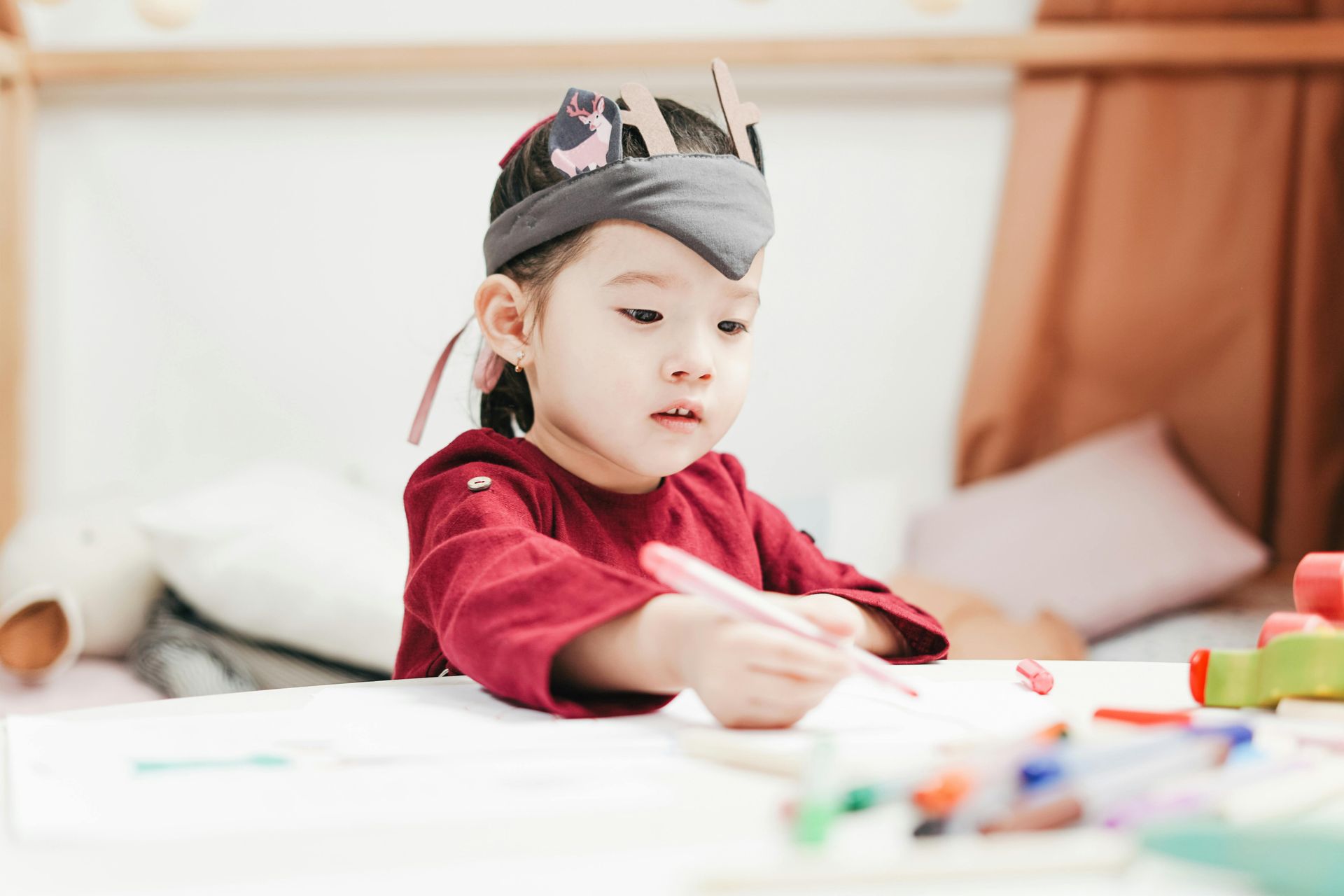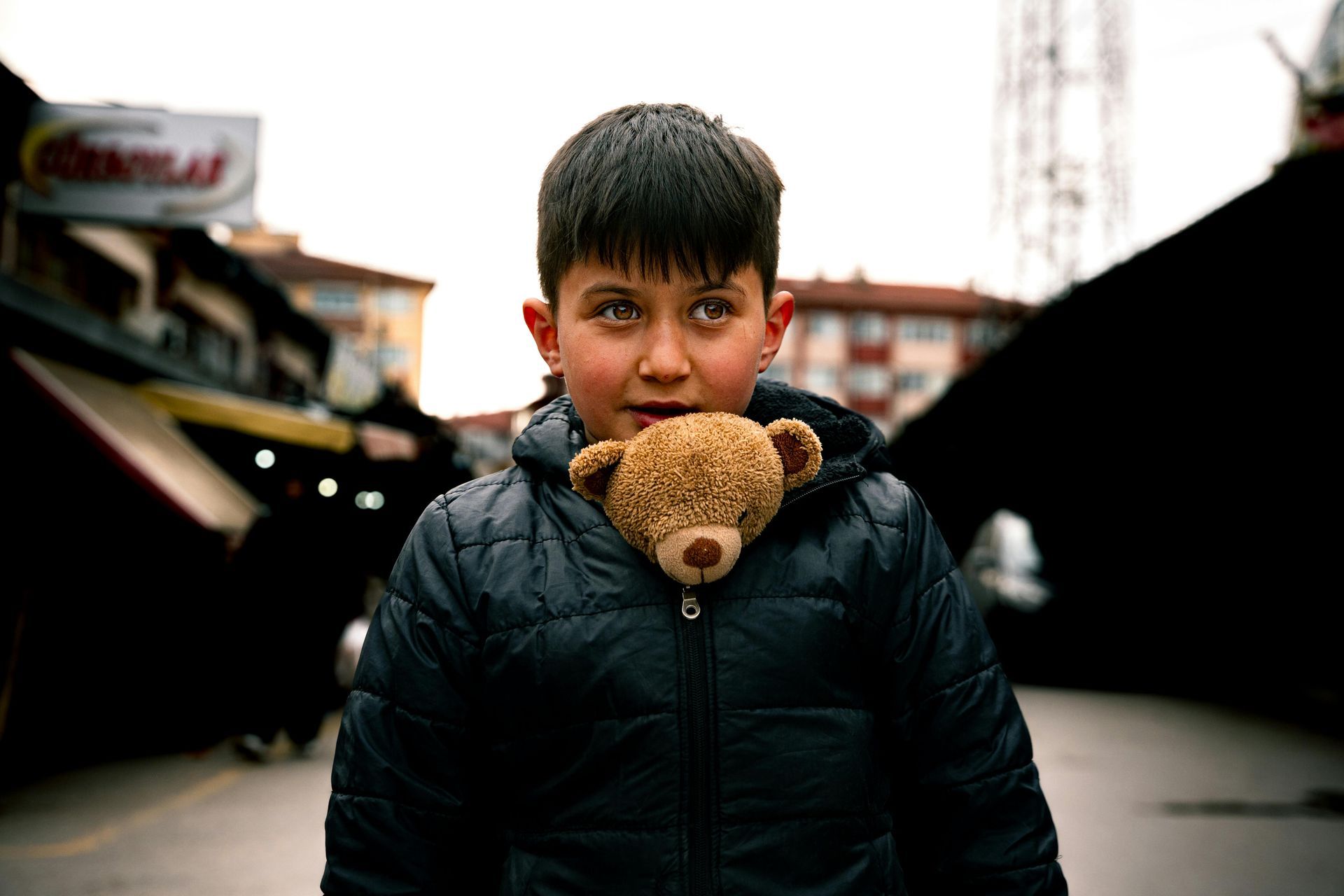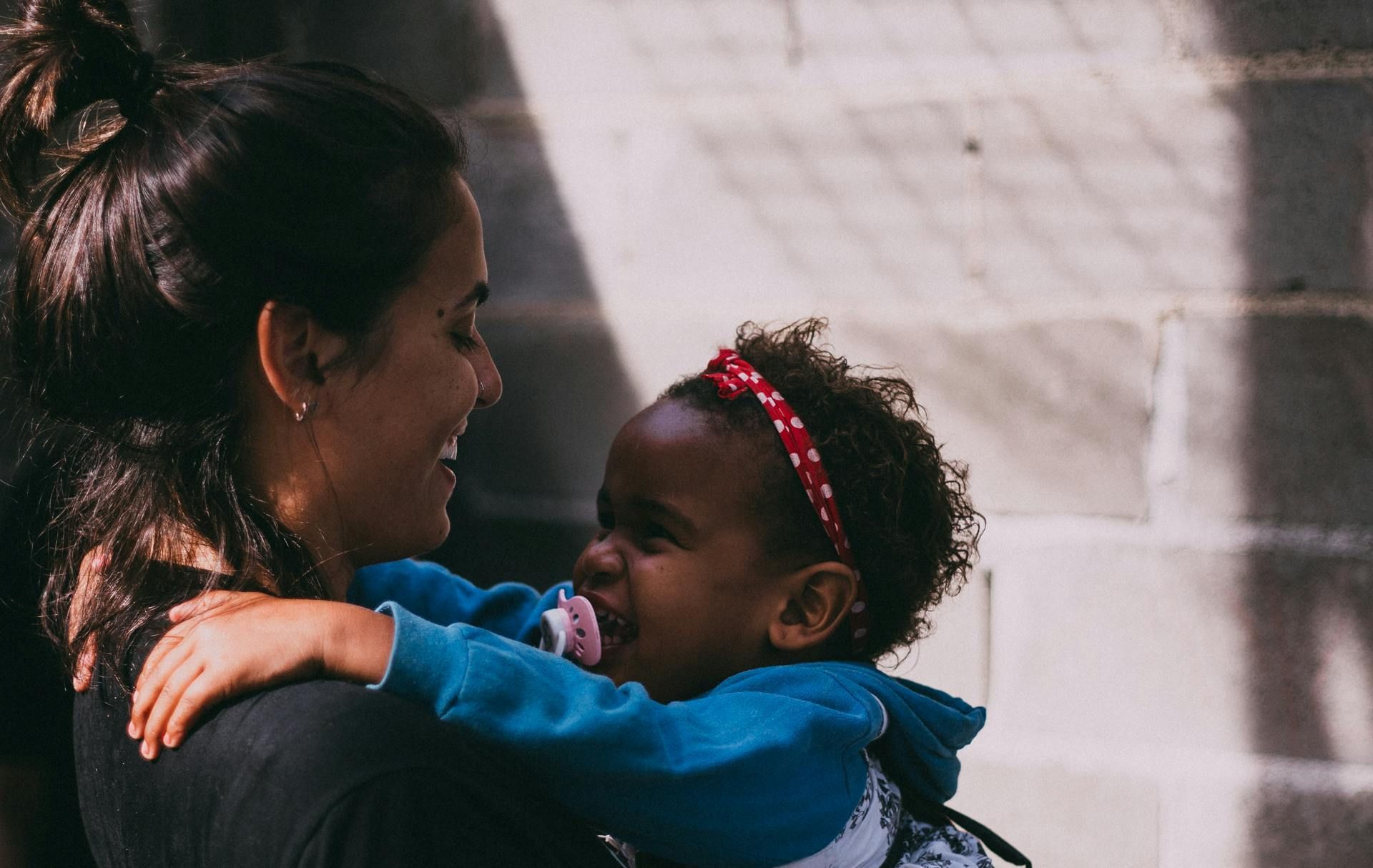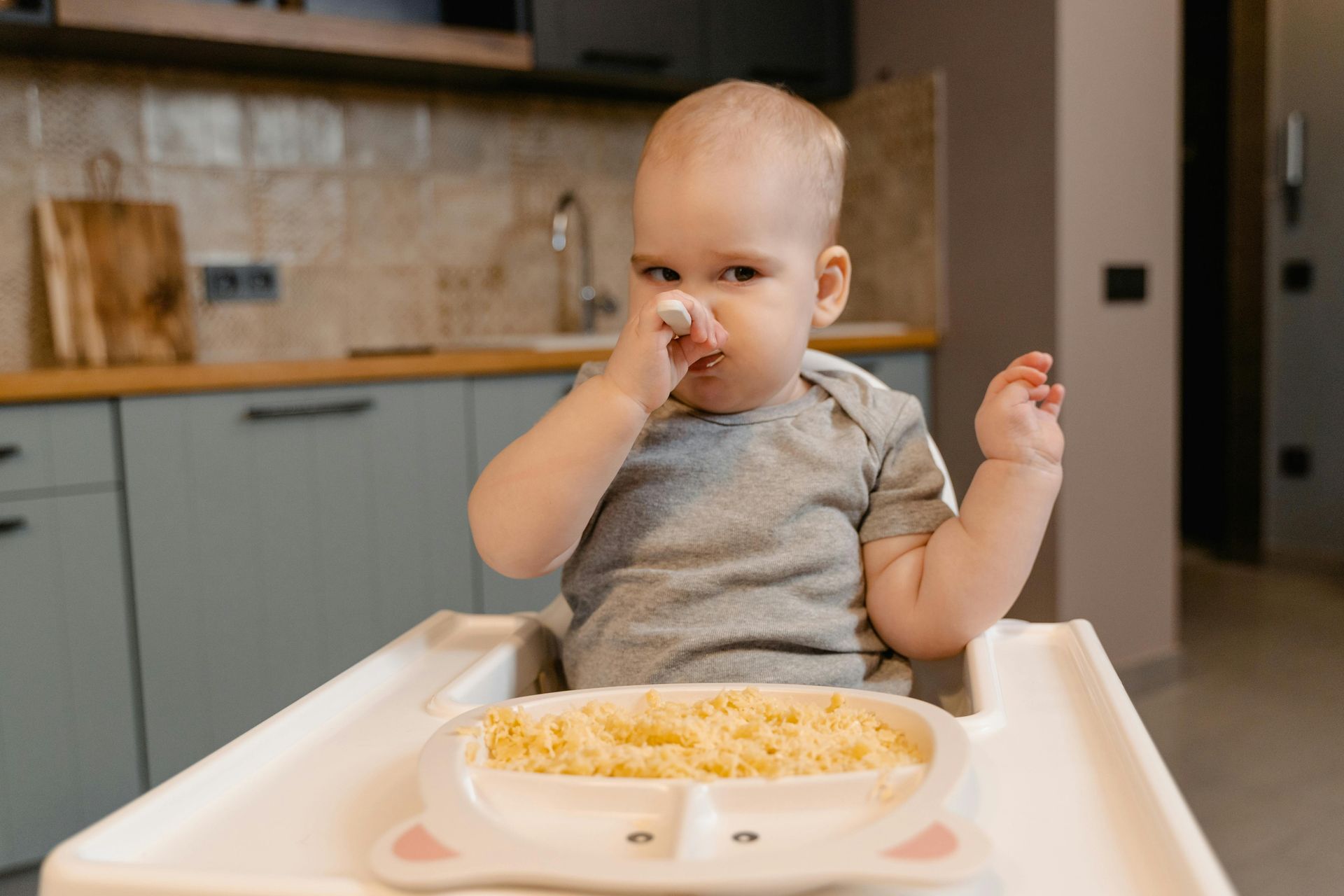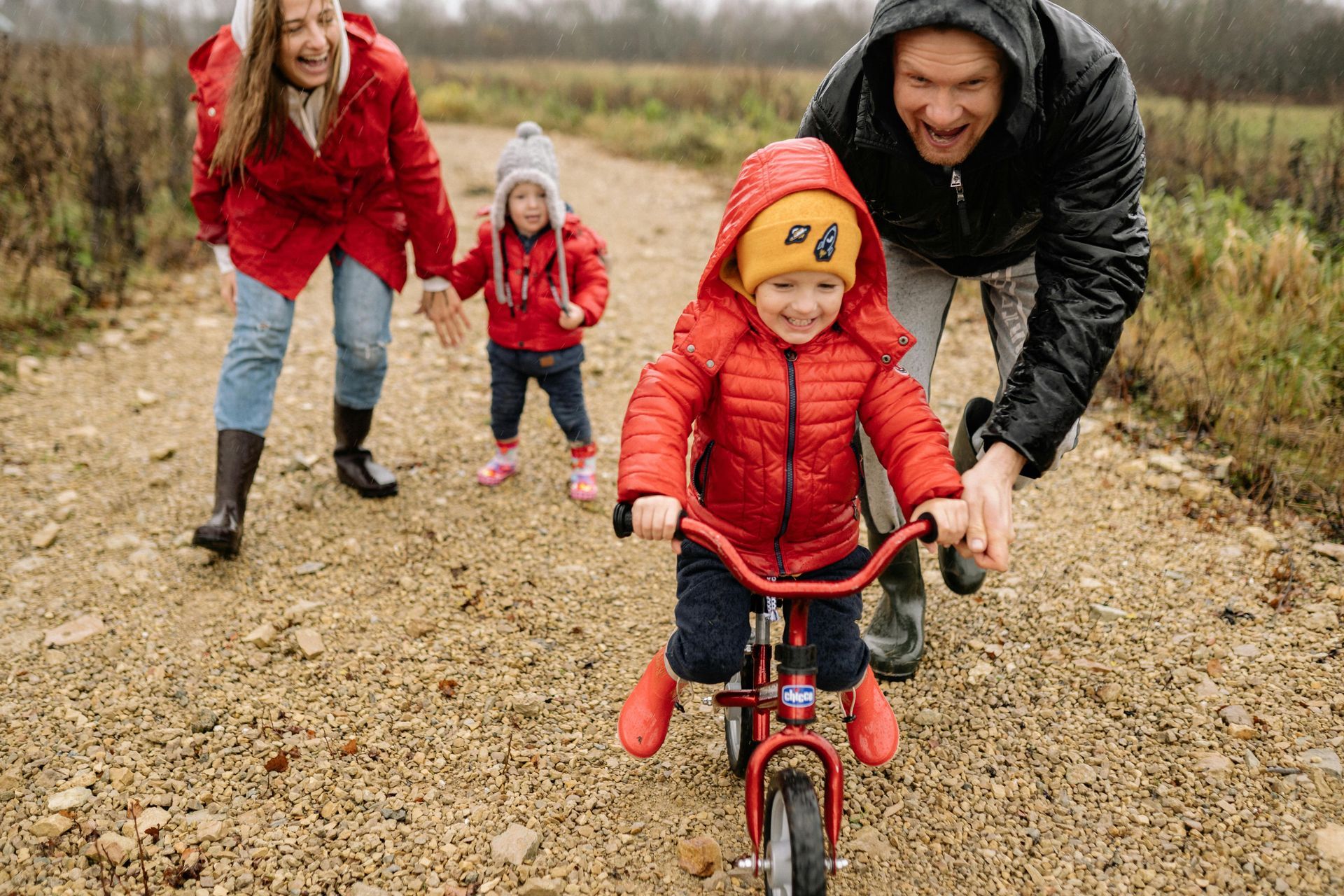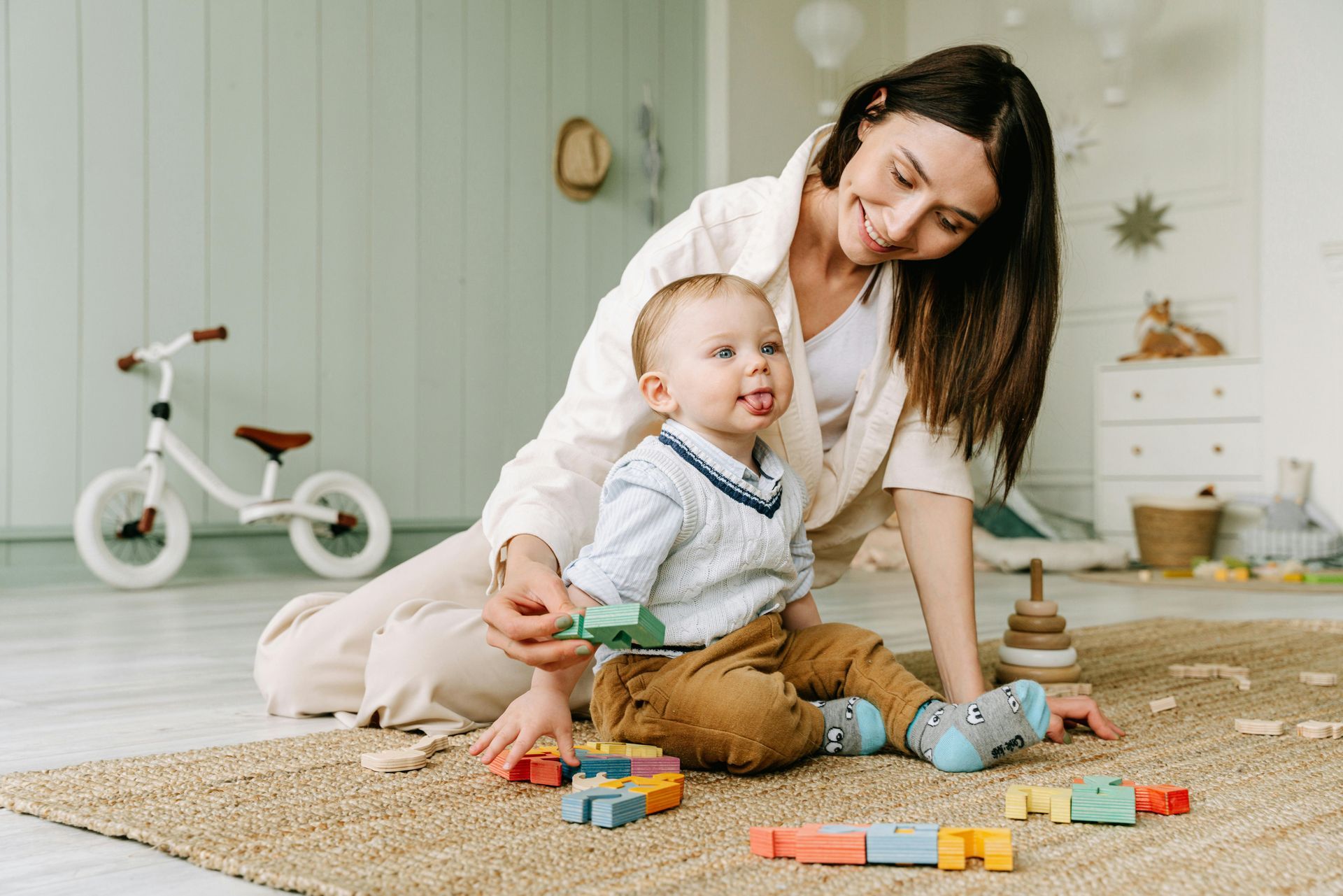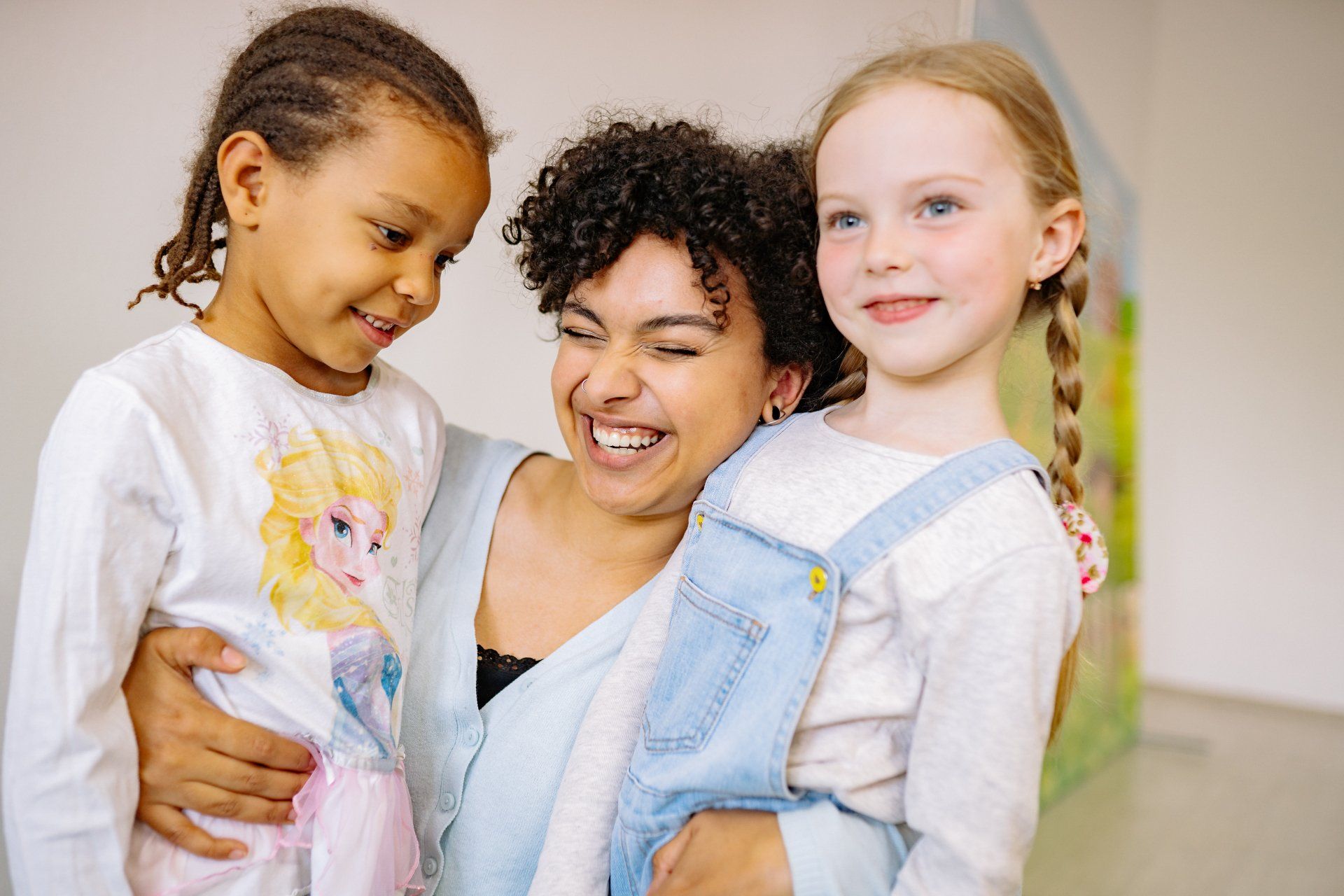The Science of Play: Why It’s Essential in Our Classrooms
At Welbourne Avenue Nursery, we often hear the phrase, “It looks like they’re just playing.” But to us — and to anyone who understands early childhood development — there’s no just about it. Play is the foundation of all meaningful learning for young children. It’s how they explore, experiment, collaborate, and grow.
The Research Behind Play-Based Learning
Years of research in early childhood education confirm what educators have known for generations: children learn best through play. Brain development, emotional regulation, language acquisition, and social skills all flourish when children are engaged in active, open-ended play.
Play is not a distraction from learning; it is learning. When a child stacks blocks, they’re exploring physics and spatial awareness. When they engage in pretend play, they’re practicing language and empathy. When they dig in the garden, they’re developing fine motor skills and an early understanding of science.
Types of Play in Our Curriculum
At Welbourne Avenue Nursery, we intentionally offer a wide range of play experiences, each with distinct developmental benefits:
- Constructive Play: Using blocks, sand, and loose parts to build and create supports problem-solving, planning, and mathematical thinking.
- Dramatic Play: Pretending to be shopkeepers, parents, or chefs enhances social skills, emotional expression, and storytelling.
- Physical Play: Climbing, running, dancing, and balancing builds coordination, strength, and risk assessment.
- Sensory Play: Exploring water, playdough, mud, or textured materials helps children self-regulate and strengthens neural pathways.
- Cooperative Play: Playing with others teaches negotiation, turn-taking, empathy, and conflict resolution.
Each type of play offers a unique opportunity for growth and development — and our classrooms are thoughtfully designed to support them all.
The Role of Educators in Play
Our educators are not passive observers during play — they are active facilitators. We listen, ask questions, introduce new vocabulary, and gently extend children’s thinking.
For example, if two children are building a road for toy cars, an educator might ask, “How will the cars get across the river?” prompting critical thinking and collaborative problem-solving. This type of adult-guided play helps children make deeper connections and explore new possibilities.
We also observe carefully to understand each child’s interests and developmental needs, then use those observations to inform future activities and lesson planning.
Play Builds the Foundation for Academics
Some parents wonder how play prepares children for the more structured learning of primary school. The truth is, play builds the exact skills children need for academic success:
- Literacy: Through storytelling, role-play, and book exploration
- Math: Through sorting, counting, measuring, and building
- Science: Through exploration, experimentation, and observation
- Social Studies: Through community role-play and cultural representation
Rather than rushing children into academic tasks they aren’t ready for, we build the cognitive and emotional foundations that make later learning not only easier but more joyful.
Outdoor Play and Exploration
We strongly believe that outdoor play is just as important as indoor learning. Our outdoor spaces are more than playgrounds — they are classrooms in nature. Here, children:
- Observe insects and birds
- Dig, pour, and plant
- Build obstacle courses with natural materials
- Engage in large-group games
Being outdoors supports physical health, reduces stress, and nurtures a connection with the environment. Children become more confident, more curious, and more resilient when they have time to move freely and explore outside.
